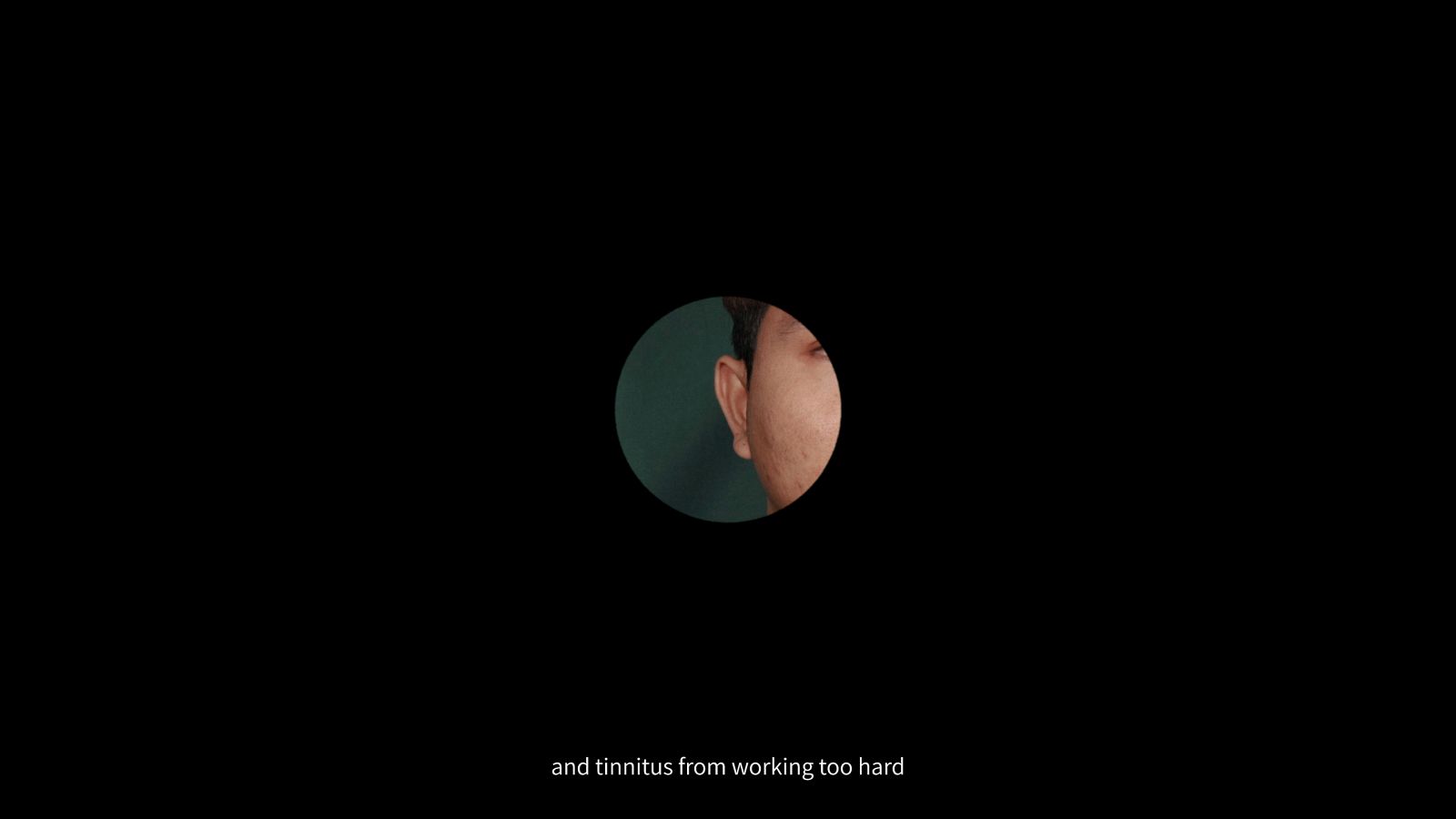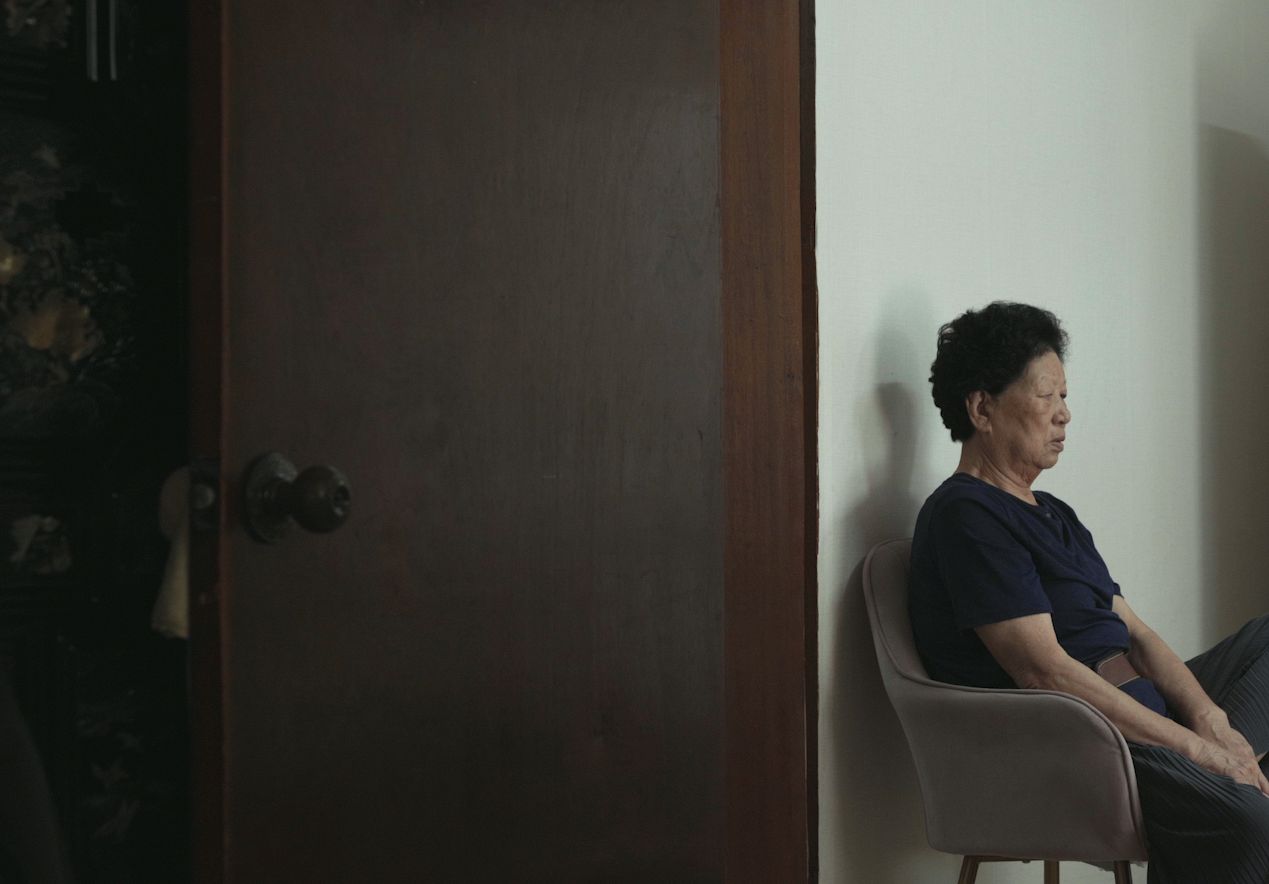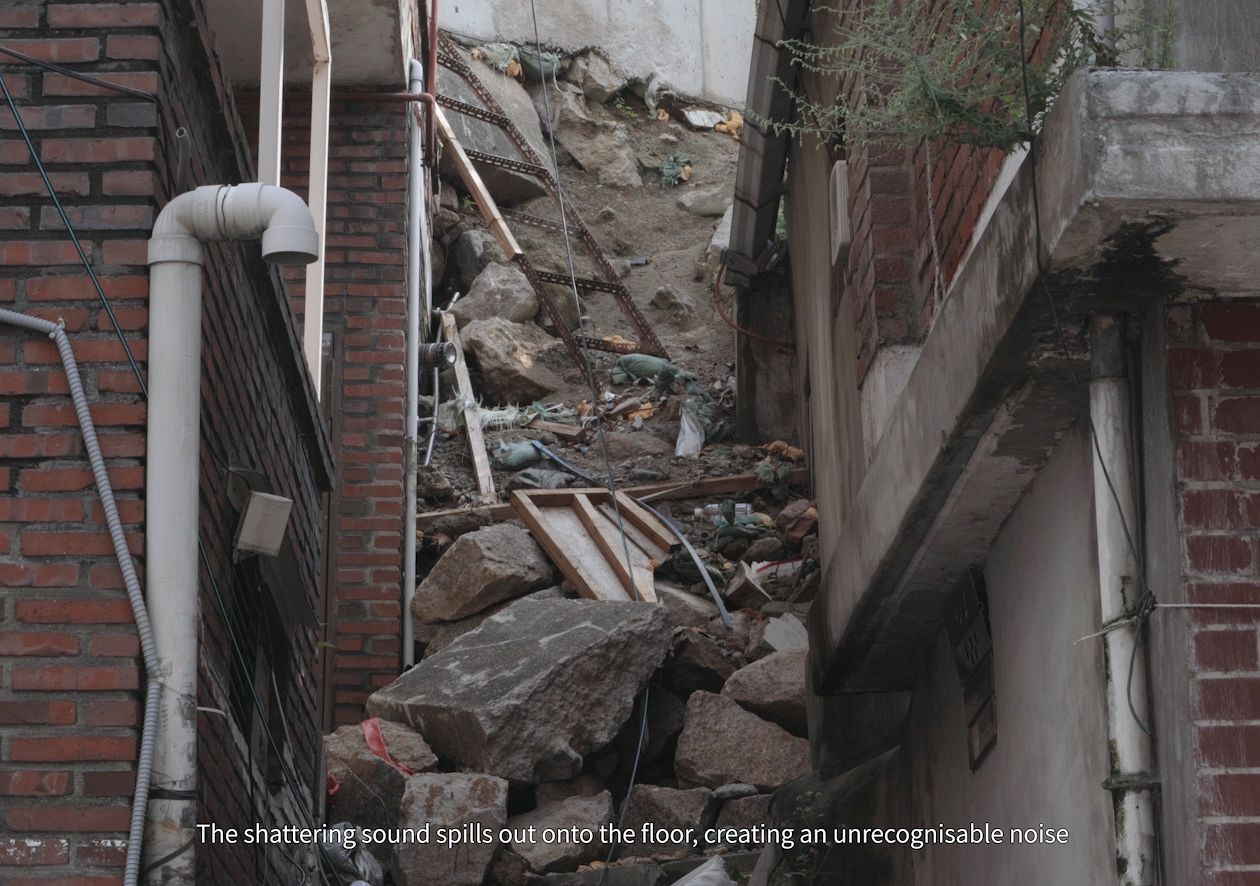
The world is full of sound. Everything that moves creates vibrations, and these vibrations travel through the air and are transmitted to the brain via the auditory system, where they are perceived as sound. It takes about 0.2 seconds for the cochlea to detect the vibrations and the brain to recognize the sound. In this short period of time, our brain is able to determine the primary information about the sound (direction, distance, movement) and then quickly semanticise it through thoughts, feelings, emotions. Sound is relative, not objective and natural, and can always be interpreted differently.
The meaning of a sound is always constructed differently depending on who hears it, when and where they hear it. This is evident in the way we define certain sounds as noise: in a given society, some sounds are marginalised and others are centralised. Sounds that come from those on the ‘fringes’ of power are considered as just loud noise and become an inconvenience to those in the ‘center’. Similarly, in South Korean society, where ‘anti-union’ sentiment is widespread, it is natural for the sounds made by laborers to be treated as unpleasant noise that invades the subject’s territory.
𝙉𝙤𝙞𝙨𝙚 : 𝙐𝙣𝙬𝙖𝙣𝙩𝙚𝙙 𝙨𝙤𝙪𝙣𝙙 is a video work that crosses the border between fiction and documentary to question the internalised ways of hearing. Also, vibrating furniture that responds to the narrative helps visitors immerse themselves in the story through sound translated into tactile sensations.



